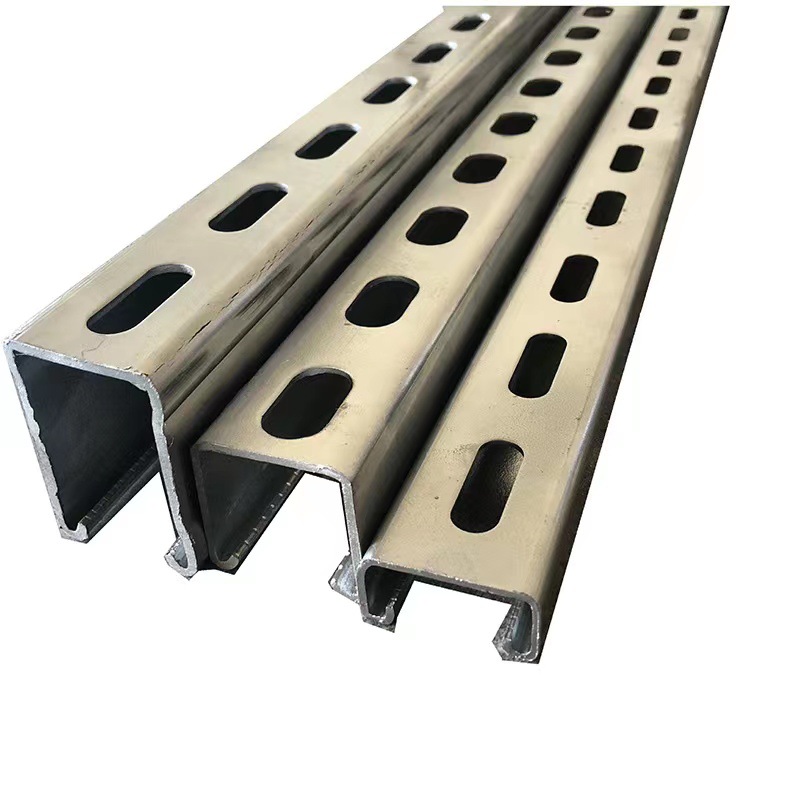

Large Flat Metal Washers for Heavy-Duty Applications and Optimized Load Distribution
10월 . 02, 2024 12:25 Back to list
Large Flat Metal Washers for Heavy-Duty Applications and Optimized Load Distribution
The Versatility and Importance of Large Flat Metal Washers
Large flat metal washers are essential components in various engineering and construction applications. Their design, typically featuring a circular shape and a flat surface, serves multiple functions that enhance the performance and durability of mechanical assemblies. Understanding the significance of these washers can help one appreciate their role in diverse industries and applications.
What are Large Flat Metal Washers?
Large flat metal washers are discs made from various materials, including steel, stainless steel, aluminum, and even plastic in some cases. They come in different sizes and thicknesses, and their primary role is to distribute the load of a threaded fastener, such as a bolt or screw, over a larger surface area. This is particularly important in applications where the material being fastened is soft or prone to deformation, as it helps prevent damage and ensures a secure hold.
The Role of Washers in Mechanical Assemblies
In mechanical assemblies, large flat metal washers serve several critical functions
1. Load Distribution By spreading the load from a bolt or nut, washers minimize the risk of damage to the substrate material. This is especially crucial in applications involving softer materials like wood or plastic, where a traditional fastener might cause crushing or indentation.
2. Vibration Dampening Washers can also help absorb vibrations, thereby reducing wear and fatigue on both the fastener and the connected components. This is particularly important in machinery and automotive applications, where operation at high speeds can lead to significant wear over time.
3. Corrosion Resistance In environments exposed to moisture and harsh chemicals, using a washer made from corrosion-resistant materials, such as stainless steel, can prolong the life of both the washer and the fastener. This prevents rust and degradation, ensuring the integrity of the assembly over time.
large flat metal washers

4. Prevention of Loosening Washers can reduce the tendency for fasteners to loosen under vibration or dynamic loads. By providing a larger surface area for tension to act upon, they maintain the integrity of the connection longer than a fastener would on its own.
Applications of Large Flat Metal Washers
Large flat metal washers find application in numerous sectors, including
- Construction In building frameworks and structures, they are used to secure bolted connections in steel beams and columns. They help accommodate variations in surface flatness and contribute to the overall stability of structures.
- Automotive In vehicles, washers are commonly utilized in various fastening systems, such as securing engine components, suspensions, and even body panels. Their ability to withstand vibrations is particularly advantageous in automotive engineering.
- Industrial Equipment From manufacturing machinery to large-scale industrial systems, large flat washers play a vital role in equipment assembly. They ensure that connections remain secure under various operational stresses, contributing to safety and efficiency.
- Home Appliances Even in everyday household items, large flat washers are used in assembling appliances to maintain structural integrity and performance.
Conclusion
In conclusion, large flat metal washers are small yet powerful components that play a significant role in enhancing the durability and safety of mechanical assemblies. Their ability to distribute loads, absorb vibrations, resist corrosion, and prevent loosening makes them indispensable in various industries. As technology advances and the demands on mechanical systems increase, the importance of high-quality washers will only continue to grow. Whether in construction, automotive, or manufacturing, the humble flat washer is a key element that contributes to the functionality and longevity of countless products we rely on every day. Understanding their importance can lead to better design practices and more reliable outcomes in engineering and construction projects alike.
Latest news
-
Hot Dip Galvanized Bolts-About LongZe|High Strength, Corrosion Resistance
NewsJul.30,2025
-
High-Strength Hot Dip Galvanized Bolts - Hebei Longze | Corrosion Resistance, Customization
NewsJul.30,2025
-
Hot Dip Galvanized Bolts-Hebei Longze|Corrosion Resistance&High Strength
NewsJul.30,2025
-
High-Strength Hot-Dip Galvanized Bolts-Hebei Longze|Corrosion Resistance&High Strength
NewsJul.30,2025
-
Hot Dip Galvanized Bolts-Hebei Longze|Corrosion Resistance&High Strength
NewsJul.30,2025
-
Hot Dip Galvanized Bolts - Hebei Longze | Corrosion Resistance, High Strength
NewsJul.30,2025

